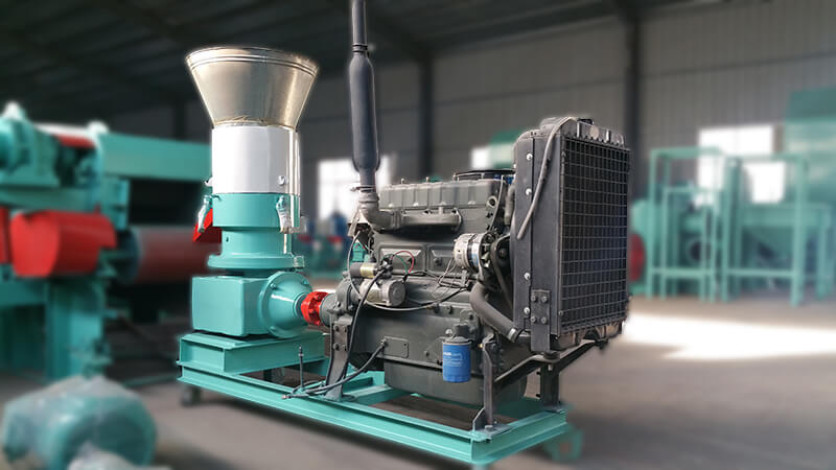
File Photo
This can affect not only the production of pellets, but also the machine and spare parts. Let's find out when the pellet mill becomes clogged and how to overcome this problem.
There are different types of clogging:
*Dry clogging
(ruminant feed)
*Wet blockage
(poultry feed)
*Typical clogging of
plastics
*Typical clogging of
organic fertilizers
Dry clogging occurs when an attempt is made to force the output of the machine beyond its natural capacity and the power for extrusion is insufficient. In this case, the power consumption exceeds the maximum available power and the amperage exceeds the safety and emergency thresholds.
Dry clogging in a pellet mill can also occur when the material being processed is not moist enough. Pellets are formed by compressing and heating the material, and if it is too dry, it will not stick together and will not form properly. This can cause the material to become stuck in the die and roller, leading to clogging. To prevent dry clogging, it is important to ensure that the material being processed has the appropriate moisture content and that the die and roller clearance is set correctly. Additionally, proper maintenance of the pellet mill can help to prevent dry clogging.
Dry clogging is characteristic of fibrous products (cattle feed formulas, sawdust, etc.). If the operator handles quickly, he can overcome the emergency phase by discharging part of the flour onto the ground, opening the emergency door located in the conveyor and simultaneously reducing the machine's capacity.
An automatism with two alarm thresholds managed with two PID control loops makes it possible to overcome emergencies. The first threshold repeatedly activates the emergency door, unloading part of the product onto the ground. This activity, and the simultaneous reduction in flow rate, allows the press to be recovered without blocking the draw bench and the press.
Comment Now